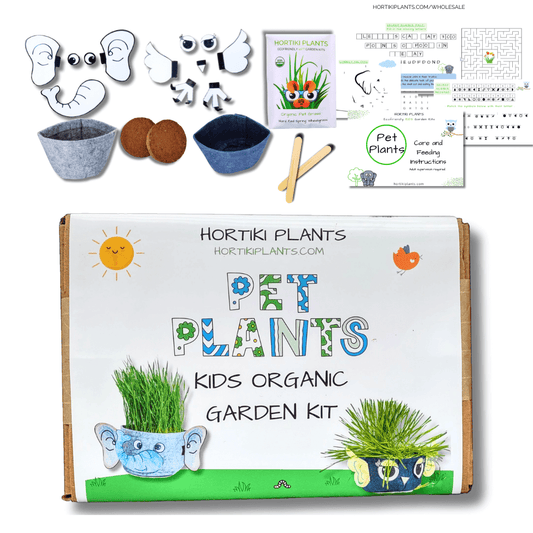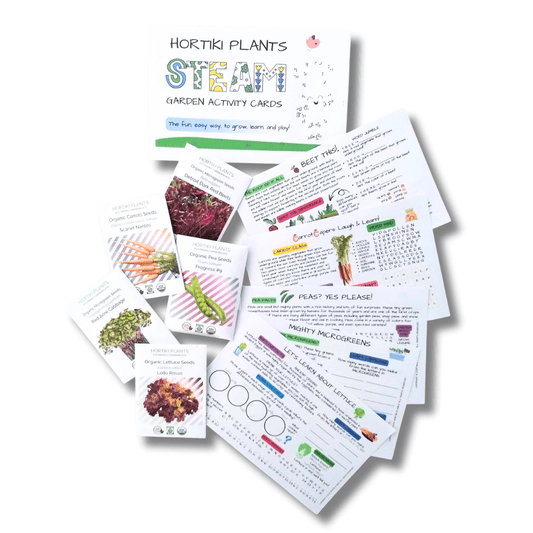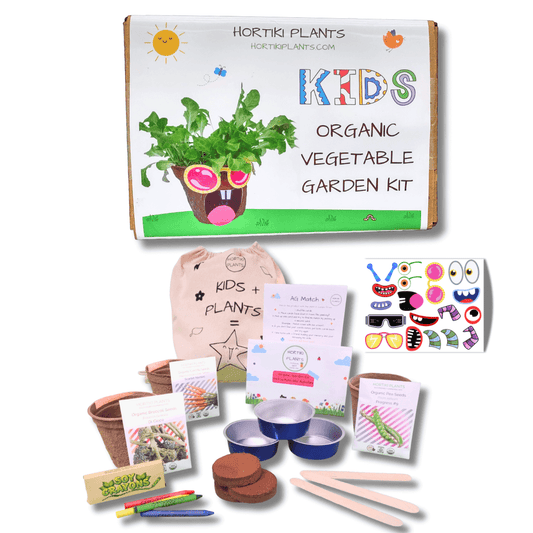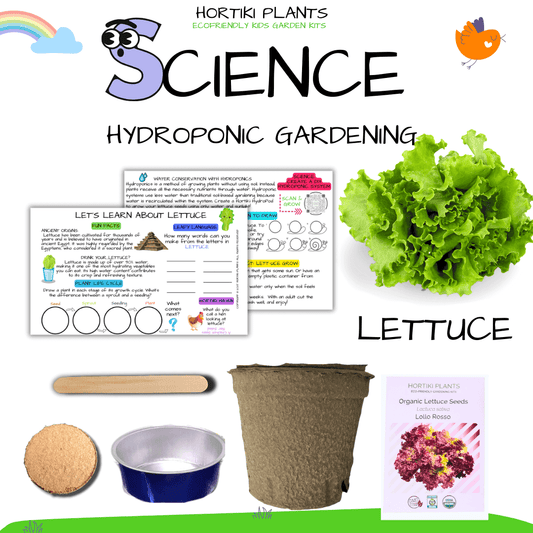DIY Fall Garden Journals for Kids
Hortiki Plants
Here’s how to get kids started with their own fall garden journal!
- Pick Your Journal Style
Kids can express their creativity by choosing or making a journal that reflects their personality. Whether it’s a simple notebook, a binder with loose-leaf paper, or a DIY journal made from recycled materials, the key is finding something they’ll enjoy using. Encourage them to personalize it with drawings, stickers, or photos of their garden.
- Observe the Plants
Fall brings plenty of changes to plants, from the colors of the leaves to the ripening of fall crops. Kids can track how their garden evolves by observing:
- Plant growth: Measure how much taller plants get or how big the fruits and vegetables are.
- Color changes: Note how the leaves change from green to gold, red, or brown.
- Flowers or seeds: Record when plants stop flowering and start producing seeds.
Ask questions like:
- How does the weather affect the plants?
- Do some plants grow faster or slower in the fall?
Encouraging kids to sketch their plants or take photos to include in their journal adds a creative element while capturing these seasonal changes.
- Track the Weather
Fall weather can vary a lot! Sometimes it's warm and sunny, while other days might be chilly or rainy. Tracking the weather teaches kids how it influences the garden and its ecosystem. They can record:
- Daily temperatures: Note whether it’s sunny, cloudy, or rainy.
- Rainfall: Measure how much rain the garden gets each week.
- Frost: In late fall, observe the first frost and how it impacts the plants.
A simple chart can help kids record this data over time, helping them see patterns and understand how weather conditions affect their garden's health.
- Observe Wildlife
Fall is an active time for garden wildlife. Birds, squirrels, insects, and other creatures prepare for winter, and kids can document their observations in the journal. Encourage them to look for:
- Insects: Which bugs are still buzzing around? Are they helping pollinate or feeding on plants?
- Birds and squirrels: Are they collecting seeds, nuts, or other food from the garden?
- Worms and soil creatures: What’s going on beneath the soil?
Ask kids to describe or draw the wildlife they see. They might even want to create a checklist of creatures to look for each time they’re outside.
- Compare to Other Seasons
Fall is just one part of the gardening cycle, and kids can look back at their summer or spring notes (if they kept a journal earlier in the year) to compare how the garden has changed. Are certain plants more vibrant in the fall? Does the wildlife behave differently? By comparing seasons, kids will start to understand the natural rhythms of their garden.
- Add Fun Facts and Lessons
Kids can also include interesting facts they learn about their plants, the weather, or garden wildlife. For example:
- Why do leaves change color in the fall?
- How do animals prepare for winter?
- What makes certain vegetables grow better in cooler weather?
Encourage kids to explore these topics and jot down their findings in their journal. This makes their observations more meaningful and turns the garden into a living classroom.
- Reflect on the Season
At the end of the fall season, have kids look back on their journal entries and reflect on what they’ve learned. They can write about their favorite garden moments, what surprised them, or what they might do differently next year. This is a great way to celebrate their growth as young gardeners!
Why Start a Fall Garden Journal?
A garden journal teaches kids to be mindful of their surroundings and observe the beauty in everyday changes. It encourages curiosity, creativity, and scientific thinking while giving them a deeper appreciation for nature. Plus, it’s a keepsake they can treasure for years to come, reminding them of their gardening adventures as the seasons change.
So grab a notebook, head outside, and let the fall garden inspire your child’s next great adventure!



